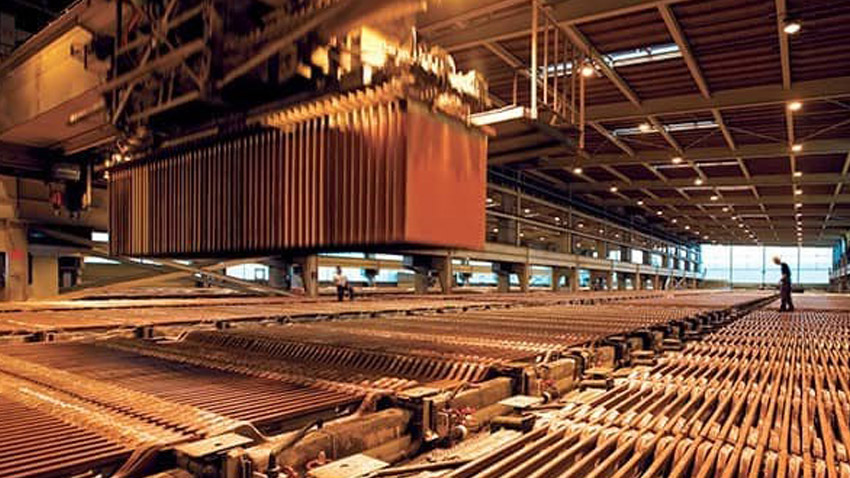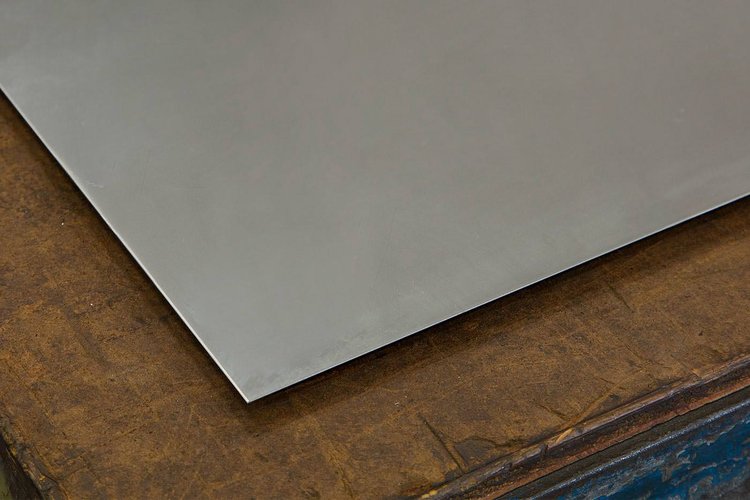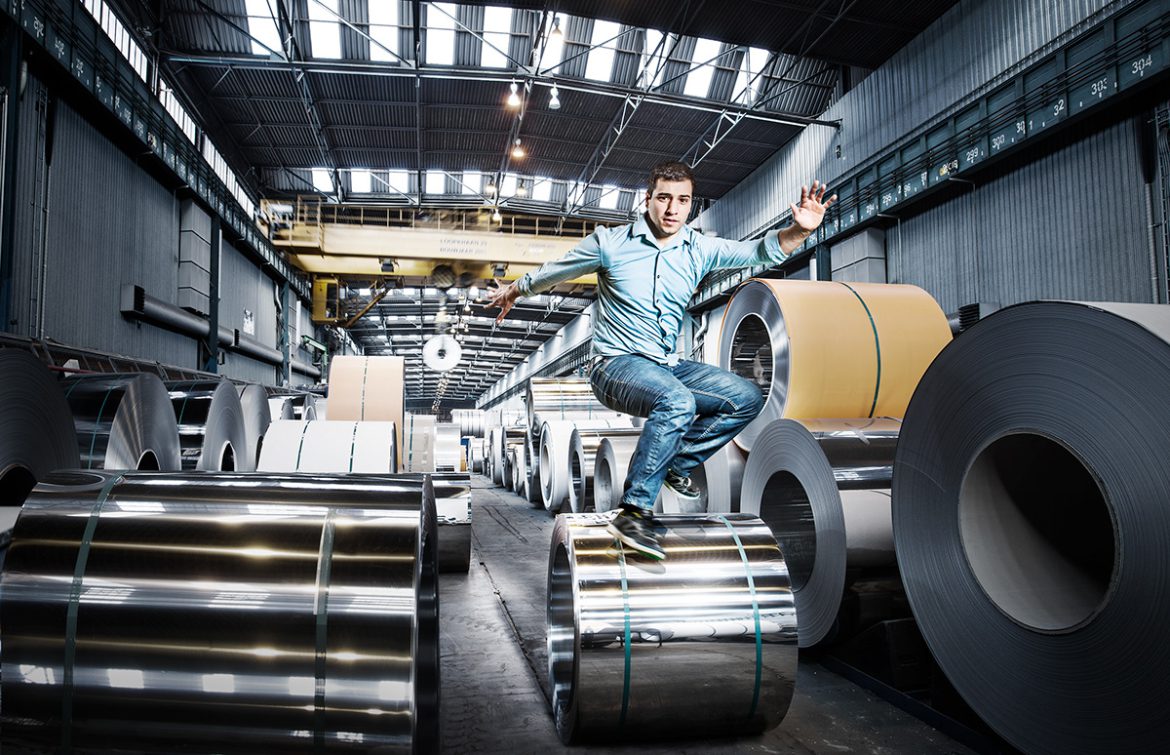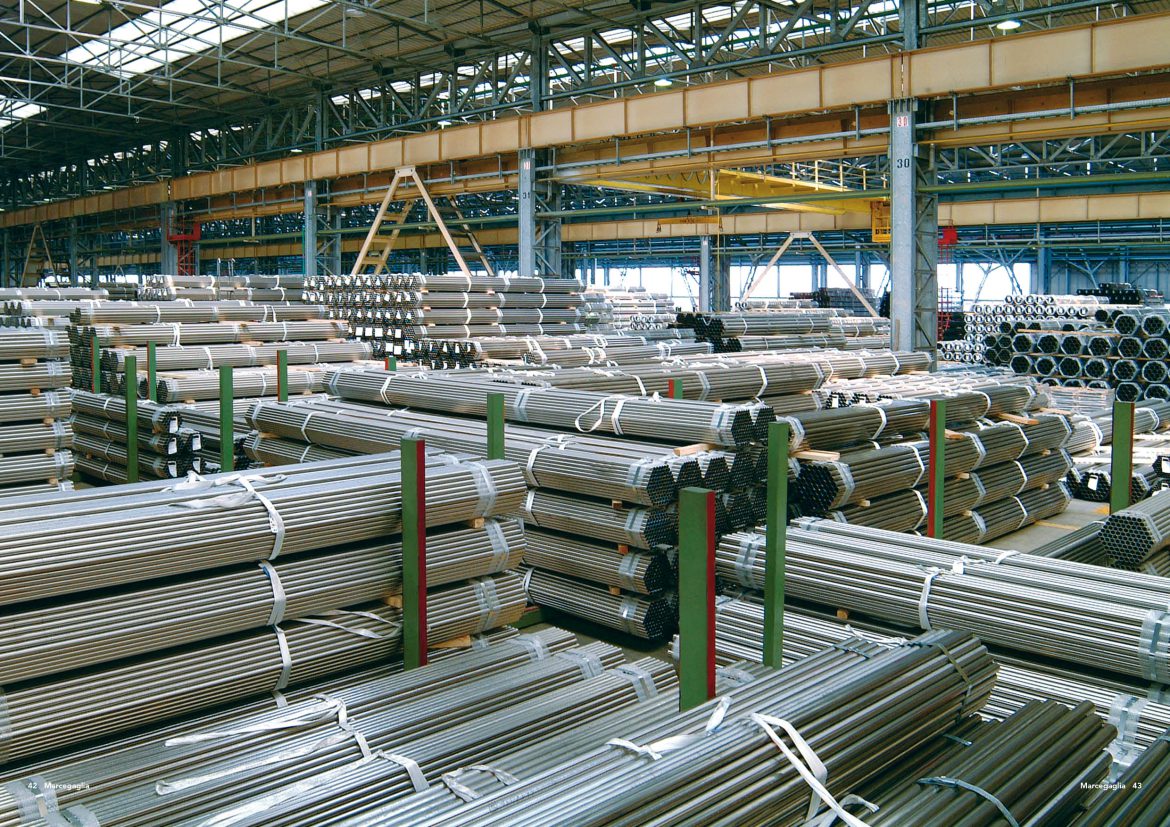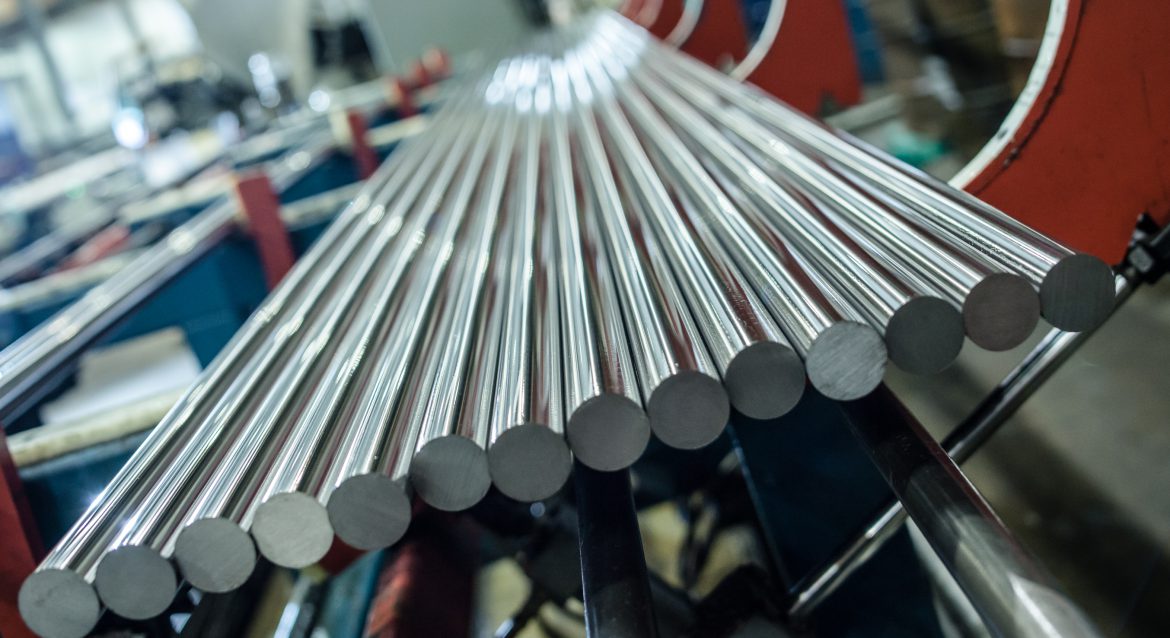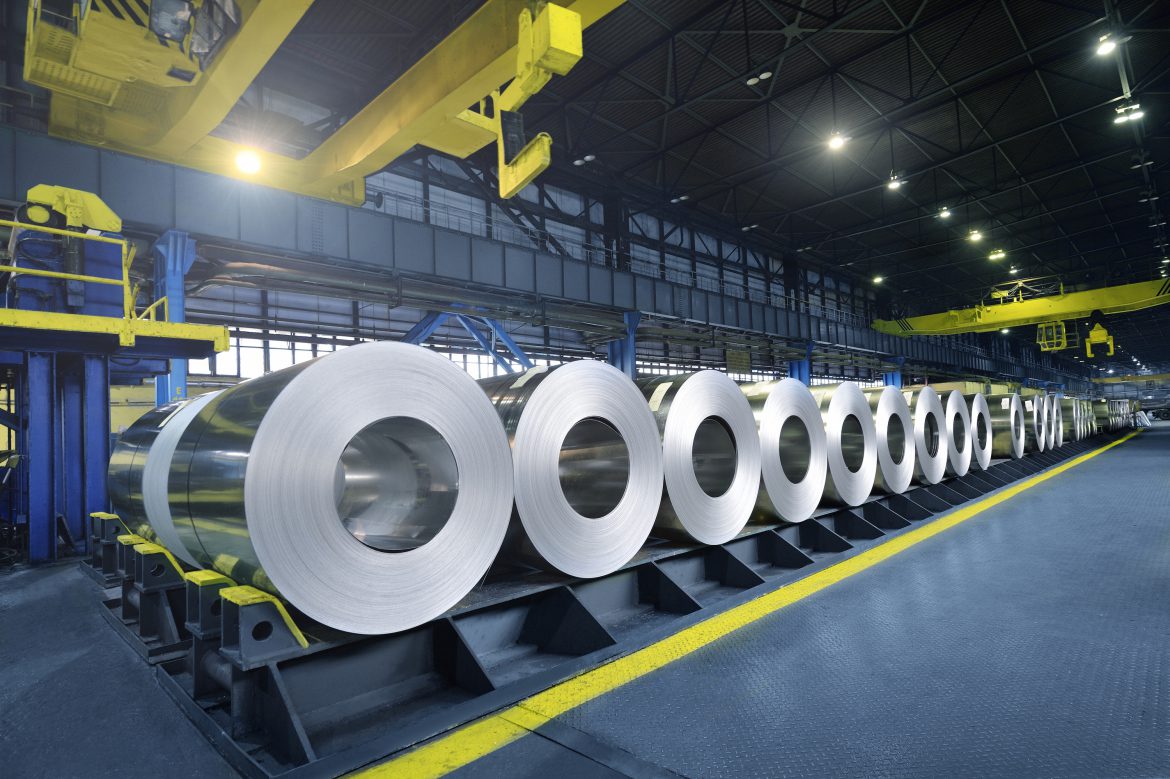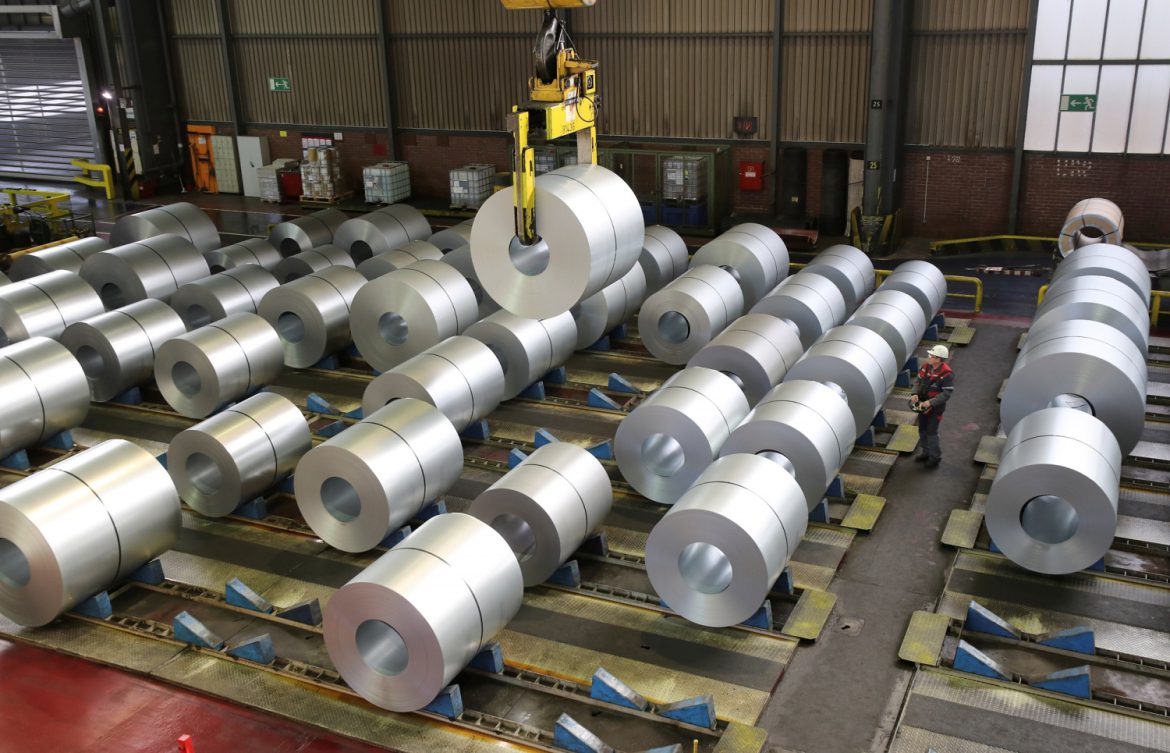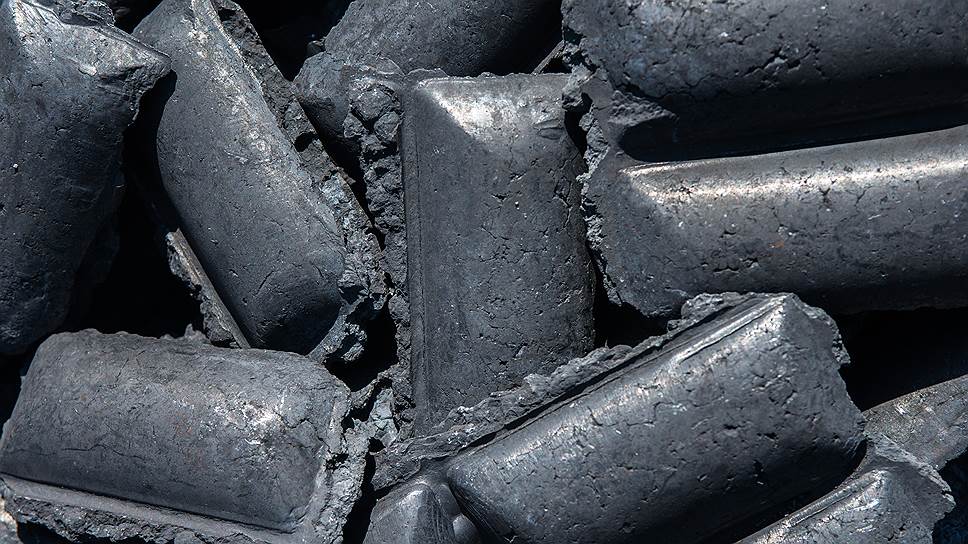Steel is an iron alloy with a carbon content between 0.002% and 2.1% by weight. The properties of steel can be controlled by changes in carbon, alloying elements and percentage of heat treatment. Due to the use of steel, its high tensile strength and relatively low cost, it is widely used in the construction of various industries such as construction, infrastructure, tools, ships, trains, automobiles, machinery, equipment and military weapons. Today, new methods such as alkaline oxygen (BOS) steel production are used in steel production, which has led to an increase in the purity of the steel produced as well as lowering prices. Steel is one of the largest man-made materials and produces more than 1.6 billion tons of steel each year worldwide. For more information on affordable prices for First rate Steel billets visit our site.
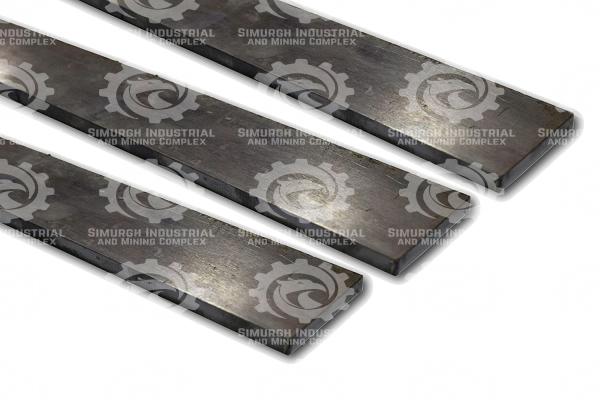
How to make steel billets?
 The strength of steel increases sharply with the “amount of dissolved carbon”, but on the other hand, this increase in strength reduces weldability and increases the likelihood of brittle fracture. The strength of ferritic (ferromagnetic) steels is inversely proportional to ductility. A combination of strength and ductility and austenitic (paramagnetic) phase stabilization can be developed in modern multiphase steels. There are two main ways to make steel. The first method is to use sponge iron and electric arc furnaces to melt the sponge iron and then the alloy.
The strength of steel increases sharply with the “amount of dissolved carbon”, but on the other hand, this increase in strength reduces weldability and increases the likelihood of brittle fracture. The strength of ferritic (ferromagnetic) steels is inversely proportional to ductility. A combination of strength and ductility and austenitic (paramagnetic) phase stabilization can be developed in modern multiphase steels. There are two main ways to make steel. The first method is to use sponge iron and electric arc furnaces to melt the sponge iron and then the alloy.
The second method is to use crude iron (the iron produced in the indirect reduction process) and burn the excess carbon. During this process, the amount of crude iron carbon is reduced from 5.3 to 6 to 2.0 to 1.5 percent by weight, then other elements are added to obtain the desired composition. Iron is commonly found in minerals such as magnetite and hematite in the earth’s crust. Steel is produced by burning and melting white crude iron carbon and fusing it with some carbon and measuring the other elements in it. At the beginning of the steel industry, steel was made this way.
In this method, the raw iron is placed in a frying pan and melted by blowing a flame on it. Molten iron is mixed with oxygen in the air to burn carbon. After a significant amount of carbon is removed from it as a gas, its melting temperature rises to a paste. The steel paste is removed from the furnace in pieces by a gas container and it separates and integrates the slag formed by hammering on it. The steel obtained is used later. This method is no longer used as it does not have sufficient production capacity and the steel obtained is not always of the same quality.
Today, almost all steels in the world are obtained from steel in various forms. These methods may include transforming steelmaking or steelmaking in EAF furnaces. In converter methods, molten iron from the blast furnace process is poured into the converter to burn excess carbon dioxide by blowing gas. In this way, the carbon of the steel will reach the desired amount. Later, the strength of the steel will be increased by adding alloying elements. For more information on steel billets uses visit our site.
Affordable prices for First rate Steel billets
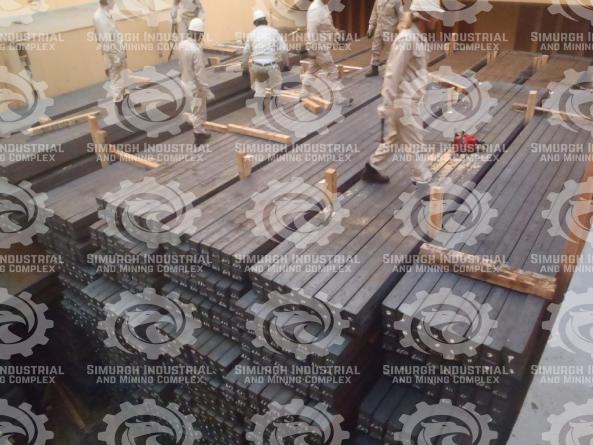 Affordable prices for First rate Steel billets are listed on our site and customers can visit our site to buy. Therefore, you can refer to our site for more information about steel billets manufacturing process.
Affordable prices for First rate Steel billets are listed on our site and customers can visit our site to buy. Therefore, you can refer to our site for more information about steel billets manufacturing process.
You can contact us to buy and sell this product:
Sales consultant: Ms. Leila Nematzadeh
Ways of communication: Phone number: 02147623014
Phone number: 02147623014
 Phone number: 04133660491
Phone number: 04133660491
 Phone number: 09120169267
Phone number: 09120169267
 WhatsApp Response (Skype): click
WhatsApp Response (Skype): click
 Instagram: simurgh_steel_company@
Instagram: simurgh_steel_company@
 email: info@simurghsteelco.com
email: info@simurghsteelco.com
 email: ironore110@gmail.com
email: ironore110@gmail.com
 Facebook: ironore110@
Facebook: ironore110@
 LinkedIn: simurgh-iron-and-steel-company-a68295180@
LinkedIn: simurgh-iron-and-steel-company-a68295180@
 twitter: CoSimurgh@
twitter: CoSimurgh@
